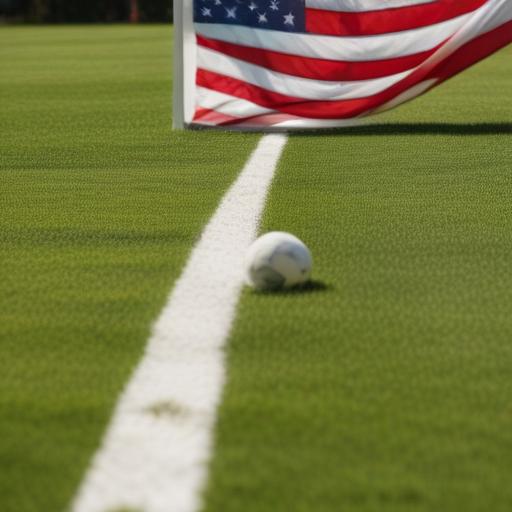As soccer fans prepare to flock to the United States for an exciting summer filled with major tournaments and matches, the landscape of soccer in America is undergoing significant transformation. The upcoming events, including the Club World Cup, Copa América, and the World Cup next year, are not just raising the profile of the sport, but also pushing up costs considerably for fans.
MLS commissioner Don Garber’s declaration that America has become “the ATM for the soccer world” highlights the increasing commercial appeal of soccer in the U.S. Historically perceived as a secondary sport, soccer has gained unprecedented traction in recent years. The influx of investment from American stakeholders into international soccer clubs has contributed to a surge in interest and engagement from fans.
While this summer promises a wealth of soccer entertainment, the associated costs are a concern. For instance, ticket prices for major matches are significantly higher than in previous years; a study showed the average price for group stage tickets for the 2024 Copa América has risen to $187, a substantial increase from 2016 prices. The tickets for the final alone range dramatically from $1,300 to nearly $97,900 on secondary markets.
Further adding to the financial burden are the expenses associated with attending games. Reports indicate that attending a high-profile soccer match could easily cost a family of four over $1,000 when factoring in the price of tickets, parking, and concession stands – where even a simple beer and hot dog combo can set attendees back approximately $15.02 on average across NFL stadiums.
Professors and analysts in the sports industry, such as Simon Chadwick, have noted that the commercialization of soccer in the U.S. is akin to a form of “industrialization,” where all fan experiences are meticulously crafted to maximize profit. This trend indicates a growing divide in access to the sport, with lower-income fans finding it increasingly difficult to participate.
However, the surge in economic activity surrounding soccer in America signals a bright future for the sport. As fans flock to stadiums and events, the growing engagement showcases the potential soccer holds in the U.S. market, which may lead to further investment and improvements in infrastructure, accessibility, and overall fan experience in the long run. This transformative period in American soccer is an opportunity for the sport to solidify its standing and foster even greater appreciation and growth among diverse communities.
